Which Drugs Count as Psychedelics?

Introduction
In an earlier post on AA founder Bill Wilson, I dispelled the idea that he used a psychedelic to get sober (a claim made on the Netflix series How to Change Your Mind, and which has appeared elsewhere). Wilson was given a deliriant concoction (belladonna and henbane) to beat his addiction to alcohol. This occurred in 1934, four years before LSD was even synthesised. However, he did later become an advocate for LSD as a potential treatment for alcoholism, given his first-hand realisation of its capacity to induce spiritual experiences (of the kind he experienced through the deliriant concoction).
The psychedelic researcher David Luke, however, argues that whether or not Wilson used a psychedelic to get sober depends on how one defines ‘psychedelic’. He notes, “They [deliriants] are not classic psychedelics indeed, but defining psychedelics is problematic however you define them.” But most of the debate about which drugs count as psychedelics doesn’t tend to focus on deliriants. Instead, this debate typically concerns compounds like cannabis, ketamine, and MDMA.
I would like to delve into the reasons why it’s difficult to delineate which drugs should (and shouldn’t) count as psychedelics. For some, this discussion is merely a matter of subjective personal opinion or preference – and not an important debate in the grand scheme of things. After all, regardless of whether a drug is considered a psychedelic or not, its effects, benefits, and risks are the same. On the other hand, it could be argued that how we use the label ‘psychedelic’ – as a category of drug, or in terms of drug effects – matters. This designation changes how we view certain drugs, the way we use them, and perhaps even what their effects are like.
The Meaning of the Term ‘Psychedelic’
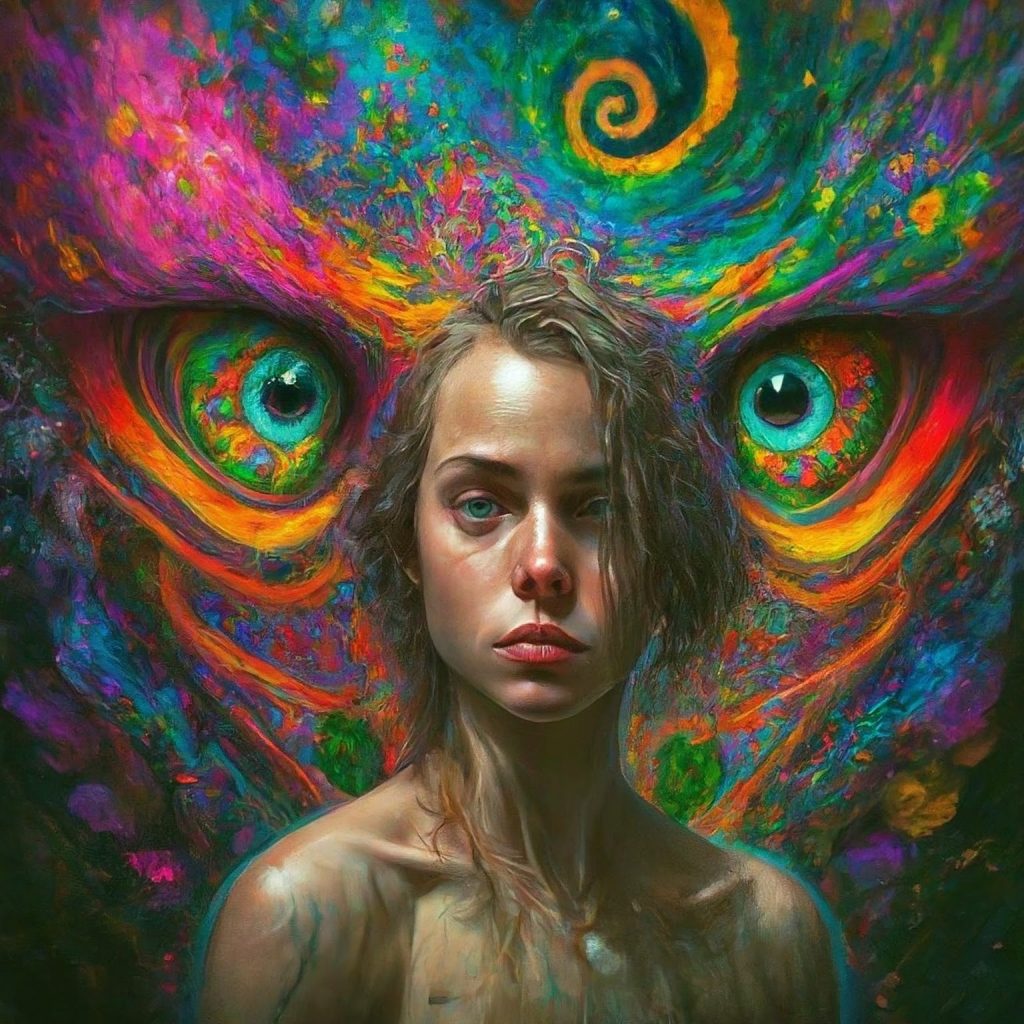
Many in the psychedelic community will already be familiar with the meaning of ‘psychedelic’. Coined by the British psychiatrist Humphry Osmond in 1956, this word means ‘mind-manifesting’ (deriving from the Greek terms psyche and delein, which mean ‘mind’ and ‘to manifest/show’, respectively). Osmond revealed the term ‘psychedelic’ during a meeting at The New York Academy of Sciences in 1957. (Some sources state that Osmond coined that term in 1957, but this was when he first announced it to the public; he coined it the year before, during his letter exchange with the novelist Aldous Huxley.)
Huxley first took a psychedelic (mescaline) under the supervision of Osmond. In one of his letters, he suggested the term ‘phanerothyme’ to Osmond, which means ‘soul-revealing’ (it derives from the Greek words thymos and phanein, which mean ‘soul’ and ‘to reveal’, respectively). Phanerothyme, therefore, more or less means the same thing as psychedelic. Yet Osmond felt that the latter was preferable. It’s certainly catchier, and the proof is in the pudding: Huxley’s suggested term never took off, whereas Osmond’s did.
If we stick with the literal translation of psychedelic as mind-manifesting, what does this mean exactly? Simply put, it means that psychedelics reveal the mind. But expanding on this idea a bit more precisely, these compounds reveal more of one’s mind to oneself. However, there may be disagreements about the nature of mind, as well as what psychedelics are able to reveal. For example, Huxley promoted the idea of ‘Mind at Large’ in The Doors of Perception (1954), wherein he recounts his experience with mescaline and his philosophical musings on it.
For Huxley, psychedelics reveal not just the contents of one’s mind, as it is limited by the spatiotemporal constraints of one’s individual brain – they also remove the brain’s filter that normally prevents us from accessing Mind at Large. The latter can be thought of as universal consciousness, reaching far beyond the limited conscious experiences we have in non-altered states.
For those who reject Huxley’s Mind at Large proposal (perhaps seeing it as unfounded, unscientific, or too mystical), psychedelics may instead be thought of as revealing contents of one’s individual mind that are normally hidden. They can manifest or magnify various unconscious thoughts, feelings, memories, urges, desires, and (if you’re into Jungian psychology) archetypes. It is this unconscious-manifesting ability of psychedelics that can make them useful in a therapeutic context. But psychedelics can also ‘reveal’ conscious content and processes in a unique way (by magnifying/intensifying them, as well as showing us different perspectives on them, perhaps through visions or new emotional responses).
Various philosophers and psychologists will have their own outlook when it comes to the mind-manifesting capacity of psychedelics. It could be argued that psychedelics have the potential to reveal anything, so long as it is already contained in one’s mind, or is an idea or image that could be generated by the mind. On the other hand, the particular approach of a philosopher or psychologist may lead them to prioritise certain kinds of mental contents that can be evoked by psychedelics (e.g. personal vs. archetypal; worldly vs. mystical). Moreover, the conditions in which one uses psychedelics – also known as ‘set and setting’ – can influence what kind of mental content is revealed.
Classic Vs Non-Classic Psychedelics
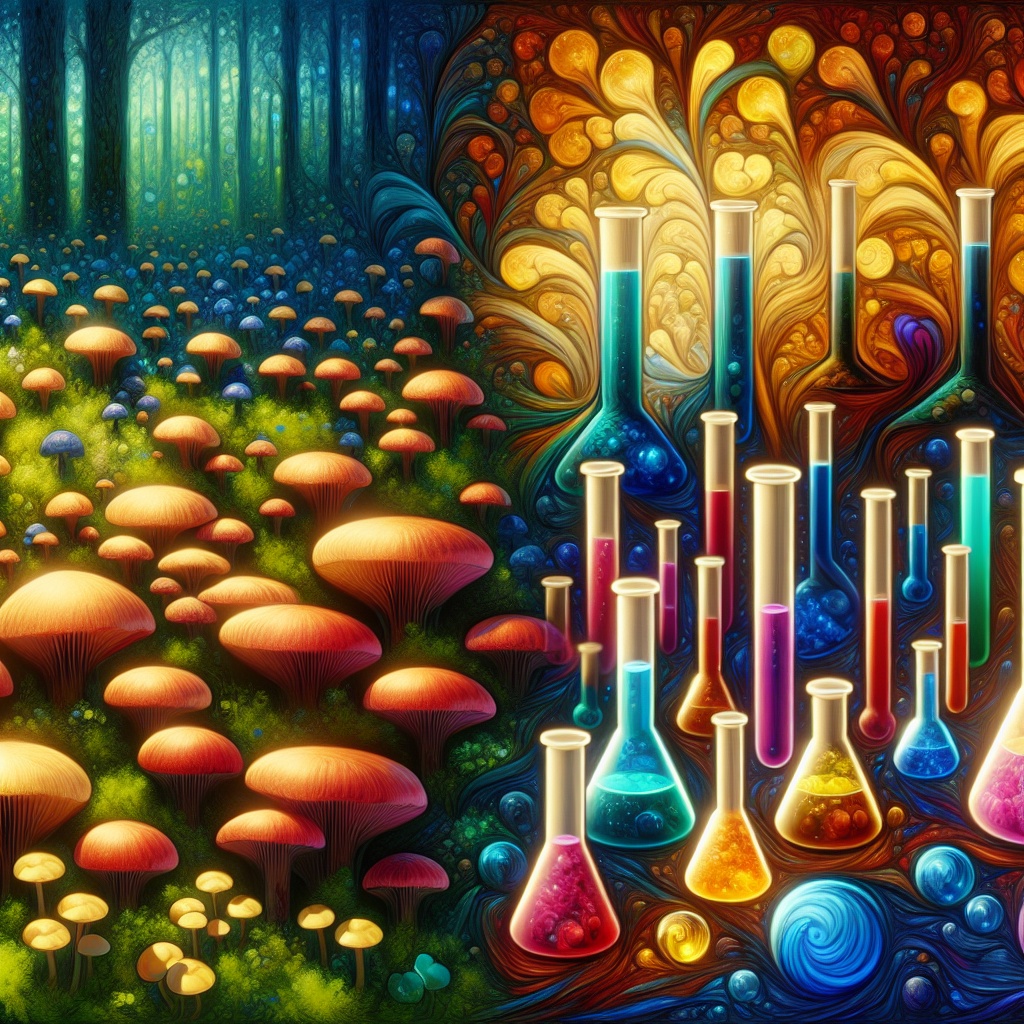
Psychedelics are typically divided into the categories of ‘classic’ and ‘non-classic’. The former encompasses the serotonergic psychedelics, that is, those chemicals that cause psychedelic effects through their action on serotonin receptors. More specifically, the classic psychedelics (e.g. psilocybin, mescaline, LSD, DMT) bind to serotonin 5-HT2A receptors and can do so since they are structurally similar to the neurotransmitter serotonin. It is through this binding that psychedelic effects are produced (we know this because the administration of ketanserin, a chemical that is a 5-HT2 receptor blocker, both prevents and reverses subjective effects when someone is given a psychedelic).
Classic psychedelics are also known to produce the most ‘classic’ psychedelic effects, and they do so reliably (assuming the appropriate dose is taken).
These are also compounds that have a long and rich history of use as sacraments (LSD would be the exception, so it is not necessarily tradition that distinguishes classic psychedelics from non-classic ones).
The mechanism of action in the brain appears to be the crucial way in which classic psychedelics are differentiated from non-classic varieties. In other words, classic psychedelics tend to be synonymous with serotonergic psychedelics. However, there are many analogues of classic psychedelics that are serotonergic (e.g. LSD analogues), yet these are not themselves typically defined as classic psychedelics. Classic psychedelics, therefore, simply seem to be the non-derivative serotonergic psychedelics that are most commonly used (sacramentally, recreationally, or therapeutically).
Non-classic psychedelics (if we exclude analogues or serotonergic psychedelics) are those that produce psychedelic effects through a different mechanism of action in the brain. For example, ibogaine – a tryptamine psychedelic, like psilocybin – differs from psilocybin because it binds to kappa opioid and NMDA receptors (the latter are receptors of the neurotransmitter glutamate). It is because of this difference in receptor action that it also tends to produce dissociative effects. Similarly, the dissociative psychedelic salvinorin A (contained in Salvia divinorum) binds to kappa opioid receptors. Ketamine – also commonly referred to as a non-classic psychedelic – produces powerful subjective effects by blocking NMDA receptors.
Many people who are familiar with MDMA’s effects (personally or as an MDMA therapist) may also refer to this compound as a non-classic psychedelic. Like classic psychedelics, MDMA is serotonergic (it releases large amounts of serotonin), but its well-known mood-enhancing and empathogenic effects are also related to the release of other neurotransmitters, including norepinephrine, dopamine, and oxytocin. Cannabis, which can feel very psychedelic in high doses or when eaten, produces psychoactive effects through the THC it contains binding to cannabinoid receptors.
It is considered uncontroversial to view ibogaine and salvia as non-classic psychedelics, based on their effects (even if they produce stronger dissociative effects than classic psychedelics). Yet there is disagreement as to whether the other drugs mentioned should be thought of as psychedelics (in the non-classic sense).
Are Ketamine, MDMA, and Cannabis True Psychedelics?
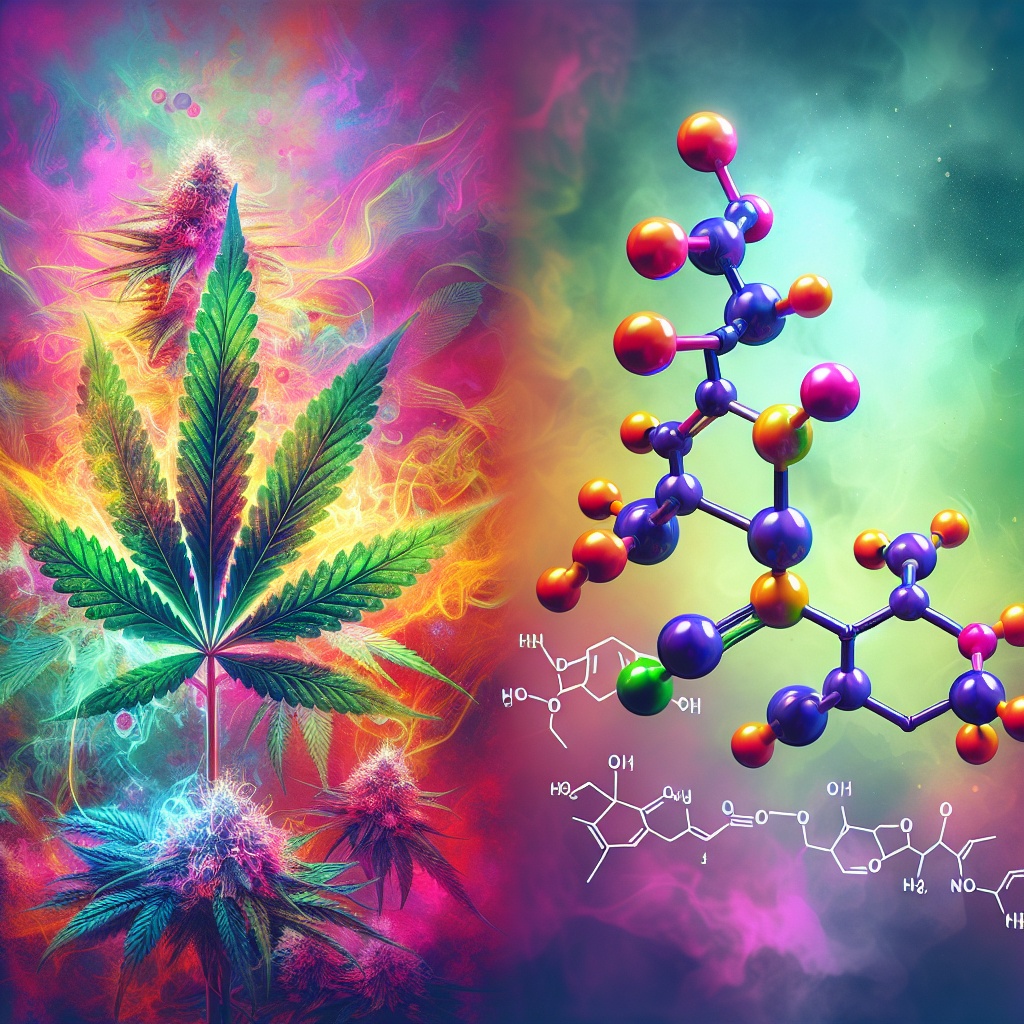
In the psychedelic community, there are sometimes strong (and sometimes loose) opinions on whether ketamine, MDMA, and cannabis get to sit in the category of ‘psychedelic’. Sub-anesthetic (or recreational and therapeutic) doses of ketamine can certainly induce what may be called visionary and spiritual experiences. This drug can wildly alter one’s perceptions and emotions. It can also reveal and magnify one’s mental contents, leading to the introspective insights that psychonauts value.
However, there will be some who don’t consider ketamine to be even a non-classic psychedelic. Perhaps this is because the classic psychedelic effect of kaleidoscopes, fractals, and colour enhancement is often absent. Yet others argue that the drug’s perceptual, emotional, somatic, and spiritual effects warrant its designation as a non-classic psychedelic. For those who don’t like to refer to ketamine as a psychedelic – perhaps because they see the experience as distinct from what is induced by classic and non-classic psychedelics – they might instead say that ketamine is psychedelic-like, or that it produces some psychedelic effects.
This kind of disagreement continues with MDMA, although for some, it seems clearer that MDMA is not a psychedelic. This is because visual effects tend to be absent (unless high doses are used or MDMA is combined with other substances). Classic mystical effects also don’t typically manifest. Nonetheless, MDMA may be thought of as psychedelic-like due to its ability to produce some perceptual effects. But more crucially than this, MDMA users and therapists may view this compound as a psychedelic because of its broader ability to reveal valuable aspects of the mind to the user. MDMA can reveal one’s thoughts, emotions, feelings, and memories in a profound way. Thus, it may be viewed definitively as a mind-manifesting substance.
Taking a high dose of cannabis – especially orally (which results in stronger and different psychoactive effects, due to the route of administration and a different chemical to THC following metabolism) – can create intense shifts in perception and emotion. Cognitive effects, including changes to thought patterns and psychological insights, can also occur. It can even induce the mystical state of ‘oceanic boundlessness’. However, because one typically needs high doses to achieve these effects, many like to think of cannabis as a mild psychedelic, as psychedelic-like, or as having some psychedelic effects. Other people, in contrast, firmly believe that cannabis should be thought of as a psychedelic (albeit a non-classic one).
One may wonder if it matters whether we think of ketamine, MDMA, and cannabis as psychedelics. I can imagine that viewing them in mind-manifesting (i.e. psychedelic) terms will enable people to approach these compounds with more respect, caution, and preparation. Yet it does not seem irrational to treat these compounds in a similarly respectful way even if one decides that they are non-psychedelic drugs (since they can still be seen as having some psychedelic potential or the potential to create profound changes in consciousness).
Are Deliriants Psychedelics?
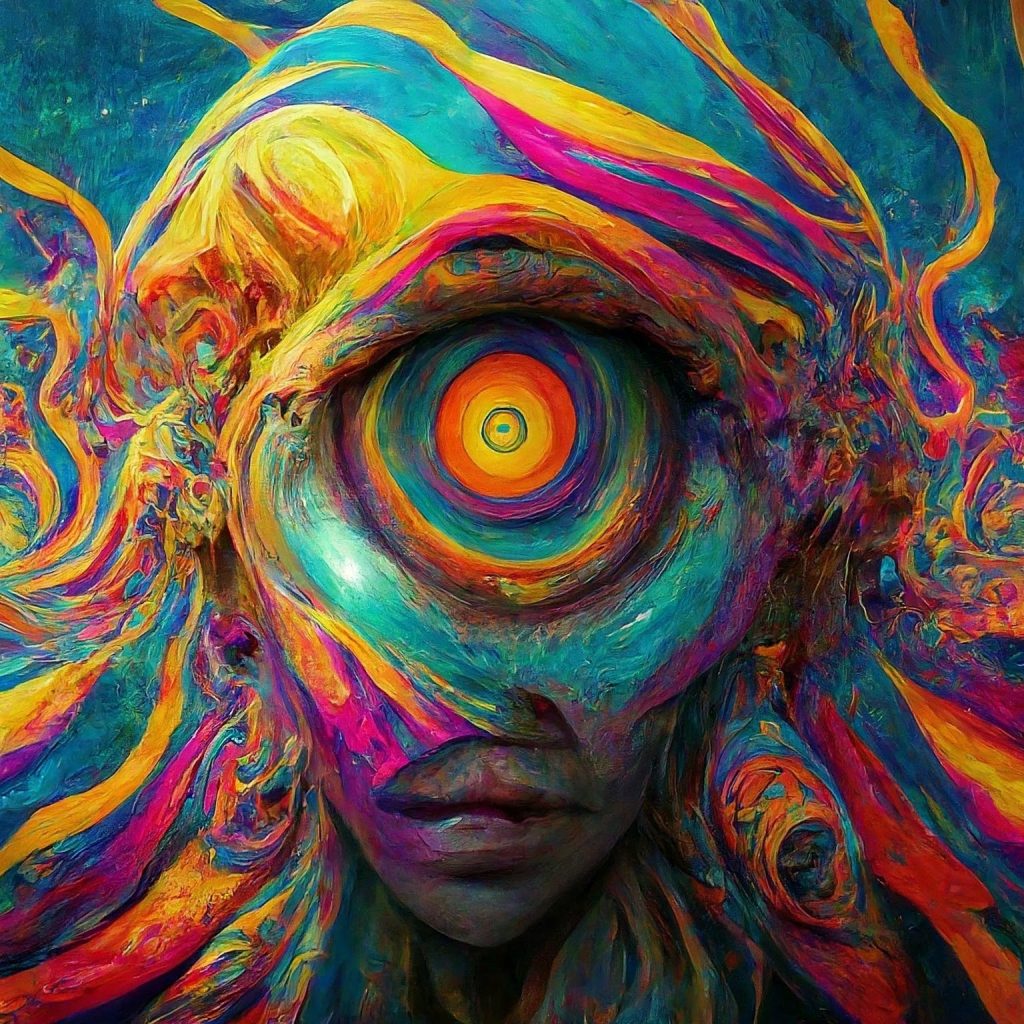
As described at the beginning of this article, Wilson achieved a spiritual experience through the use of deliriants. But are spiritual effects alone enough to make a drug a psychedelic (i.e. a ‘mind-manifester’)? Some would argue it is, especially if we consider spirituality a key part of human psychology. Spiritual effects (e.g. unity, interconnectedness, contact with the divine or entities, a sense of the sacred, and profound joy and peacefulness) are considered one of the most valued and sought-after effects of psychedelics.
Furthermore, in the words of Luke, “In some sense deliriants are the only true hallucinogens.”
This may force us to consider a distinction between ‘psychedelics’ and ‘hallucinogens’. The latter is generally thought of as an outdated term for psychedelics, for two reasons: negative connotations (e.g. it is associated with delusion) and inaccuracy (psychedelics don’t often cause true hallucinations, i.e. perceptions one genuinely mistakes for reality; they more reliably cause non-hallucinatory effects, including alterations to perception).
Without getting into an in-depth philosophical discussion, we can say that some psychedelics (e.g. DMT and salvia) are known to produce true hallucinations in high enough doses. These would be sensory experiences that appear real – perhaps even ‘more real than real’. Yet Luke suggests deliriants may be the only true hallucinogens. Indeed, they have an uncanny ability to produce a range of hallucinatory effects, where one is utterly convinced that what is happening is real.
As a case in point, we can point to a plant like datura, which, like belladonna and henbane, belongs to the nightshade family. As with these other deliriants, datura contains the psychoactive compounds scopolamine and atropine. Consider this datura trip report from Terence McKenna, which comes from one of his talks:
I didn’t like Datura. It’s very hard to have the degree of clarity that I think you should have on a drug. The tryptamine hallucinogens don’t interfere with your clarity at all. You know who you are. Where you are. What you’re doing. I’ve seen people on Datura — I had an experience with someone on Datura where in the course of the conversation, it came out that the guy thought we were in his apartment and I had actually encountered him in the marketplace. Well, that’s a serious delusion, you know. That’s a serious problem.
When I took Datura, uh, all this was in Nepal years ago, uh, I did have peculiar experiences. I mean, it is magical. It is delusory. Reality begins to come apart. I — these wraithlike, ghostlike creatures would come through my window and I was waiting to get high and then I would sort of — my attention would drift and these things would come through my window and they would let loose these sheets of newsprint that would flutter down over my lap. I would fall forward reading [audience laughs] these things that were — and as I read, amazement would grow in me and say, “This is it! This is the answer!” [audience laughs] Then I would pull out and say, “huh? Is it working? Is anything happening?” And that went on for several passes of that. And then I — then it caused me to throw my leg up around my neck and I very carefully unfolded myself, and lay back down again and then it happened again.[audience laughs] And I thought to myself, I’m really glad I’m alone because I think this would freak anybody out. [audience laughs]
And, uh, so, I — But, it was definitely strange. I mean, the guy down the hall from me, I had taken it and he had taken it. And, uh, he had the impression in the night that this woman that he was scheming on came to him and that they made love. And in the middle of the night, I got up to go to the john and I had to cross through his room. And, it was also my impression that she was in bed with him. Well, when we sorted it out the next morning, she’d been thirty miles away throughout the whole incident and had never been there.
Of course, you may not want to consider datura (and other deliriants) psychedelics because of these kinds of delusory qualities. In addition, deliriants like datura tend to produce negative and unpleasant experiences. One might question, nevertheless, whether these more delusory and unpleasant qualities should mean that deliriants be excluded from the psychedelic category of drugs. Luke, in any case, thinks of them as psychedelics. A drug can still ‘manifest the mind’, even if what is manifested is not pleasant, insightful, or grounded in reality.
Other Drugs as ‘Mind-Manifesting’ Compounds
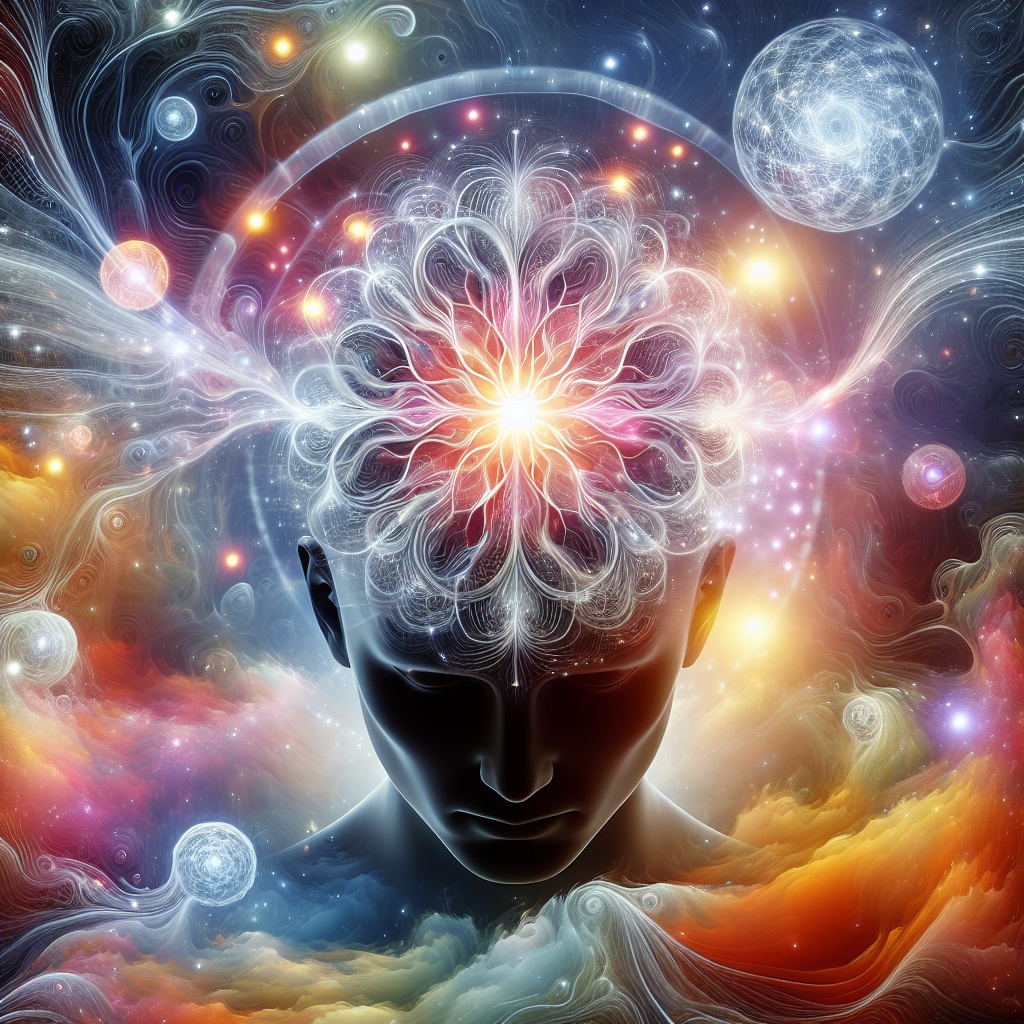
The ‘mind-manfesting’ definition of psychedelics got me thinking about the effects of a range of other drugs. In what sense can we say that a drug does (or doesn’t) have a mind-manifesting – and, therefore, psychedelic – effect? For example, cocaine and heroin are considered by psychonauts to be completely unlike psychedelics. They have a markedly different safety profile, and a drug like cocaine is seen as an ego-enhancer, whereas psychedelics are known to have ego-deflating (and sometimes ego-annihilating) effects.
It is also possible for psychedelics to inflate the ego – in terms of feeling more enlightened than others or when delusions of grandeur or a messiah complex set in – but the usual acute effects of psychedelics on the ego can be seen as distinct from how cocaine affects the ego. However, why is ego deflation mind-manifesting and not ego inflation? Doesn’t the confidence boost from cocaine reveal the mind in an interesting way? Similarly, the heroin state may show us what kind of states of mind are possible.
In his book Confessions of an English Opium-Eater (1821), Thomas de Quincey describes the visions, bliss, and terror that were induced by his opium consumption.
We don’t normally think of opium (or opiates) as a psychedelic, but if it can induce altered states of the kind experienced by de Quincey, who’s to say that it can’t (at least in some cases) act as a psychedelic? It is also possible for heavy amphetamine use to result in hallucinations and psychosis – and can we not say that this reveals the workings of the mind to oneself, at least when one can apply the hindsight of sober clarity?
It may be argued that too broad an interpretation of ‘mind-manifesting’ could end up diluting the meaning of psychedelic, meaning that we cannot draw any firm distinction between a classic psychedelic like psilocybin and an opiate such as opium. It seems facetious to try to argue that cocaine is a psychedelic. On the other hand, this discussion has hopefully shown how difficult it is to truly distinguish between drugs conventionally thought of as psychedelics and drugs that hardly anyone would even think of as being psychedelic. (It seems, however, that if psychedelia exists on a spectrum, then it is easier to class some drugs as psychedelics while excluding others.)
In the eyes of many psychonauts, psychedelics are an exceptional class of substances – ones that should be strictly separated from the more ‘unpleasant’ drugs, such as the deliriants and any drug that has a much higher potential for addiction.
This way of compartmentalising drugs can also be influenced by the view that psychedelics are ‘medicines’, ‘entheogens’, ‘sacraments’, and ‘plant teachers’.
Moreover, seeing certain drugs in these terms may, through expectation and prior belief, help shift experiences with these drugs into more spiritual territory.
Still, the potential effects of a wide range of drugs – such as the ability of deliriants to induce spiritual, healing experiences – show that it is difficult to neatly categorise some as being psychedelic and others not. This does not discount the utility of the term psychedelic; all it goes to show is that this label is both useful and imperfect.
